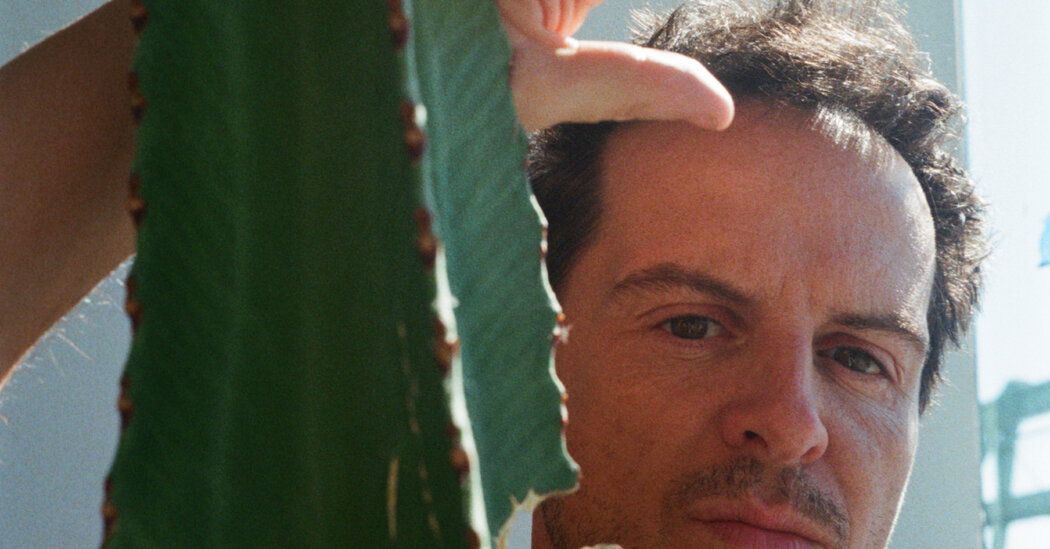Reflections on a Christian Bookstore Experience

One of my earliest jobs during high school was at a quaint Christian bookstore nestled in upstate New York. While the term “bookstore” might suggest a haven for literature, the reality was quite different. Sure, we carried a selection of books — from Bibles to relationship guides exploring the concept of love languages, as well as the popular “Left Behind” series. However, the bulk of our retail space was dedicated to an eclectic array of items that extended well beyond the pages of books.
The store showcased an impressive collection of Christian music, featuring both CDs and cassette tapes, along with an assortment of “gift” items arranged in thematically curated zones, which catered to various life events such as baptisms and celebrations. Popular brands like Willow Tree, Precious Moments, and Veggie Tales adorned our shelves, appealing to the sentimental and the whimsical alike.
Among the various sections, one stood out as a particularly lucrative area in 2001 — the Thomas Kinkade collection. This segment of the store was designed to resemble a cozy living room, complete with a couch, a plush rug, and comforting wall hangings. Thomas Kinkade, known as the “Painter of Light,” created enchanting images of idyllic homes set against picturesque landscapes. His art transcended mere paintings; it was transformed into collectible plates, throw blankets, lamps, and more. Shoppers could find Thomas Kinkade crosses, mass-produced cross-stitched Bible covers, and even illuminated framed prints that made the windows in his artwork glow with life at the push of a button. It was a phenomenon where one could quite literally fill their entire life with the comforting aesthetic of Kinkade’s work.
Kinkade’s life and legacy are the focal points of the new documentary titled “Art for Everybody,” directed by Miranda Yousef. Often compared to the musical sensation Kenny G, Kinkade was both widely adored and easily mocked. The film features a diverse array of art critics, journalists, and historians who provide their perspectives on Kinkade’s art, ranging from disapproval to genuine concern regarding the implications of his saccharine imagery and what it reveals about his audience. Notably, Susan Orlean from The New Yorker, who profiled Kinkade in 2001, lends her outsider viewpoint, admitting that she was unfamiliar with Kinkade’s popularity during his peak in the ’80s and ’90s, finding him to be as much a cultural enigma as a celebrated artist.
However, Orlean’s experience appears to be the exception. The documentary reveals that at one point, an astonishing one in every twenty American households owned a Kinkade print, indicating his widespread appeal. For those immersed in American Christian culture, particularly within evangelical circles, Kinkade’s work was a familiar presence from the 1980s onward, often seen in church lobbies or prominently displayed in grandmothers’ living rooms. As noted by art critic Blake Gopnik in the film, Kinkade thrived on the disdain of critics and the art establishment, positioning himself as a stark counterpoint to an art world perceived as degenerate during the contentious culture wars of that era. He championed a vision of an idyllic, beautiful world, proclaiming himself a defender of “family and God and country and beauty,” as captured in archival footage.
Such a successful career naturally brought Kinkade considerable wealth, and he was recognized as a marketing prodigy — with some commentators suggesting that even Andy Warhol might have envied him. Yet, the tragic circumstances surrounding his death in 2012 at the age of 54 are deeply unsettling. His life took a dramatic downturn due to escalating alcoholism, resulting in public incidents such as erratic behavior and even public urination. These struggles culminated in a fatal overdose of alcohol and Valium, starkly contrasting the serene beauty he portrayed in his art.




